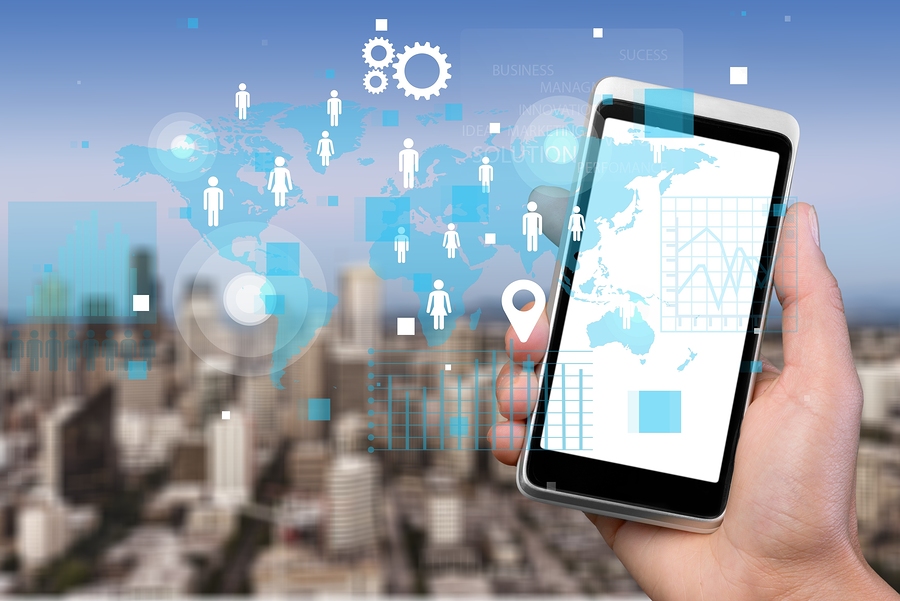Why Everyone Will Be Using Cloud Technology Soon
There is nothing new in cloud technology, right? Yes and no. What do I mean? Well for the last couple of years there has been a lot of buzz around cloud computing. Cloud technology has been touted as the panacea for all IT problems. Same as most over-hyped things, it disappointed. However, writing off cloud computing is akin to what writing off the internet after the dotcom bubble burst was. In this article, we are going to look at an exciting new frontier: cloud computing and internet of things.
Cloud Computing and IOT
IoT, as it often the case in tech, is a new view of old technology, complete with a new name. IoT is hooking up sensors to the internet, and since sensors are typically attached to things it becomes internet connected things.
The sensors in IoT need somewhere to send data and sending the data to a fixed location or nearby server beats the purpose. As such, the cloud is a logical data and application repository for IoT.
Things in the cloud
The combination of cloud, IoT and big data has been called the next internet revolution. Soon there will be billions of trillions of sensors sending data to the cloud and machine-to-machine (m2m) communication might eclipse human use of bandwidth.
The cloud
And now, we are at the beginning of the next revolution in the way we’re using the internet, one that is enabled by machine-to-machine (M2M) communications. According to technology research firm, Gatner, IoT was one of the top five disruptive technologies in 2016. It is expected to mature in the next 5–10 years.
How IoT together with cloud computing is disruptive
Harvard Business School don, Clayton M. Christensen, coined the term disruptive technology to refer to a technology that changes the way business works or creates a new industry. One of the ways IoT will disrupt the world is by changing the workplace. Already, organizations are using GPS data to route staff dynamically to optimize servicing delivery. IoT-based commercial Unmanned Aerial Vehicles (UAVs), smart dust, and autonomous vehicles are likely to come to fruition in the next 5-10 years according to Gatner. Satellite m2m technology will make it possible to monitor and control remote infrastructure in inhospitable regions such as offshore oil rigs.
Already, your vehicles, smartphones, and appliances are storing data in the cloud. Vast amounts of data, increasing computing power, and progress in deep neural networks make it possible for your car maker, utility company and tax collector to serve you better or catch you faster.
Opportunities galore
IoT is an enormous opportunity for established and start-up organizations in the consumer electronics, healthcare and IT industries. Experts and analysts are at a consensus that this is the right time to develop and commercialize IoT-based applications. Organizations that do this will be the disrupters, not the disrupted. This is not to mean that there are players in the market. Gartner estimated that there were 4.9 billion IoT devices by the end of 2015. BI intelligence, on the other hand, projects there will be 100 million cloud-connected cars on the road by 2022.
The world is ready for IoT
Skeptics point out that there have been predictions of autonomous vehicles and smart homes for decades, none of which has materialized. However, the world is now ready for IoT. Here’s why:
- Lower costs of hardware: In 1965, Gordon Moore, Intel’s co-founder, postulated doubling power and halving the cost of hardware every two years. Time has proved him right.
- Ubiquitous mobile connectivity: Pervasive mobile internet access means the cost of IoT connectivity is negligible.
- Big Data: Big data has come of age, meaning lots of data from connected sensors can actually be used.
- More endpoints for m2m: Your smartphone can, for instance, communicate with your smart home to ensure the lights are turned off when you exit the gate.
















